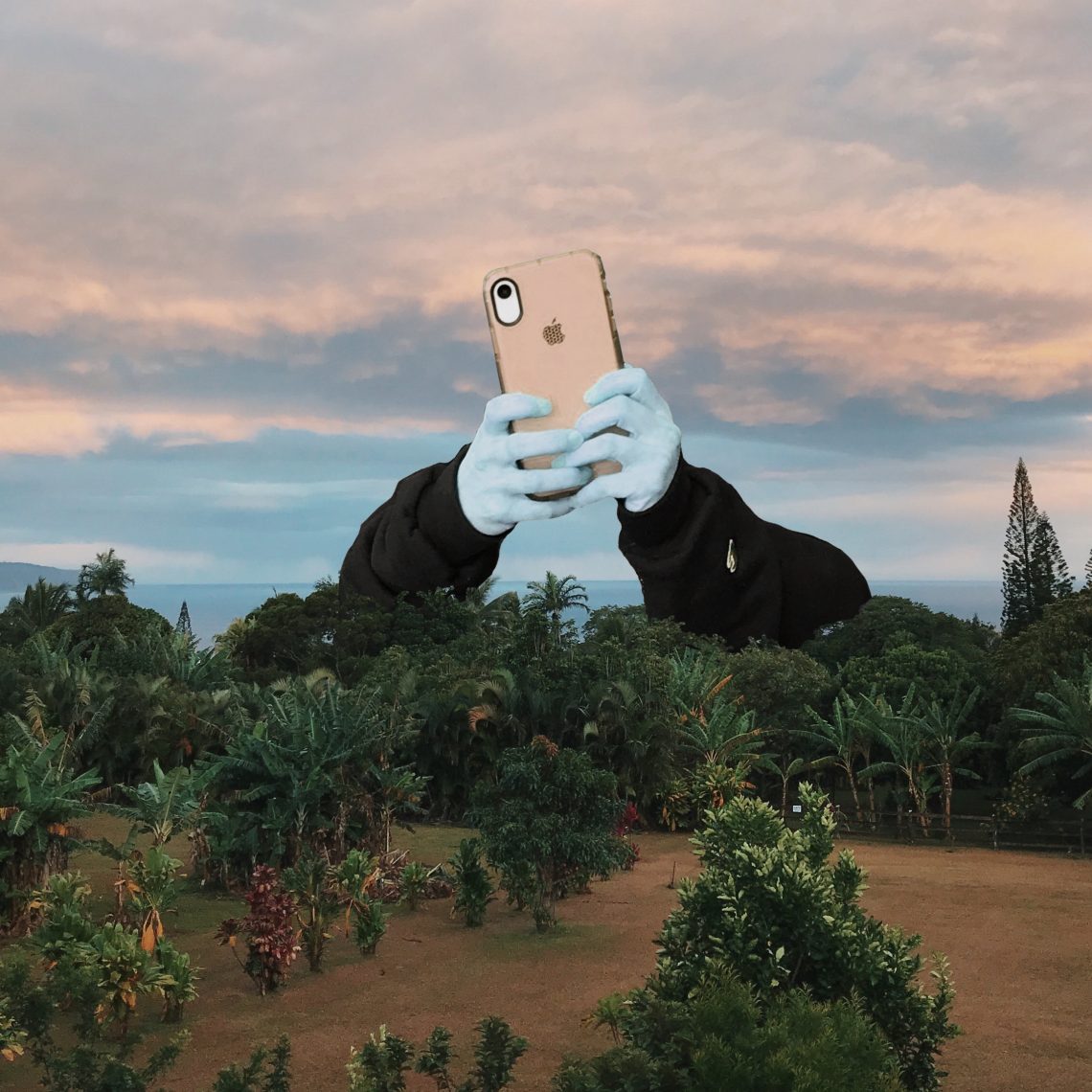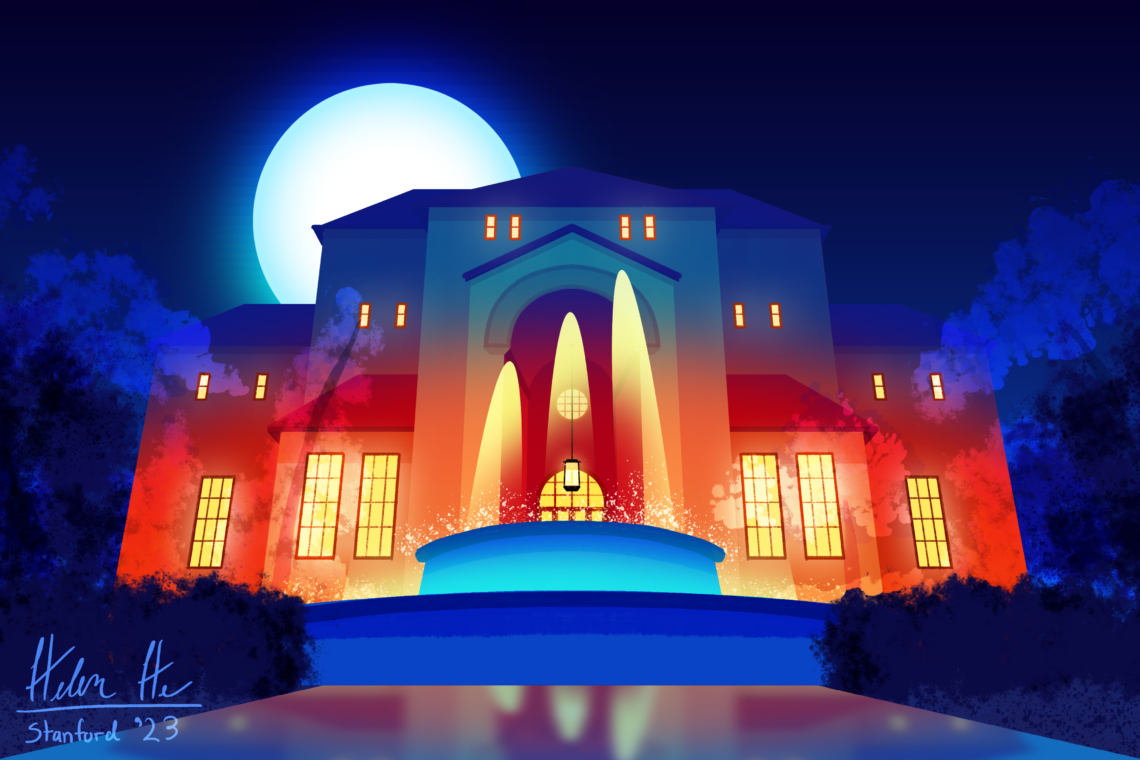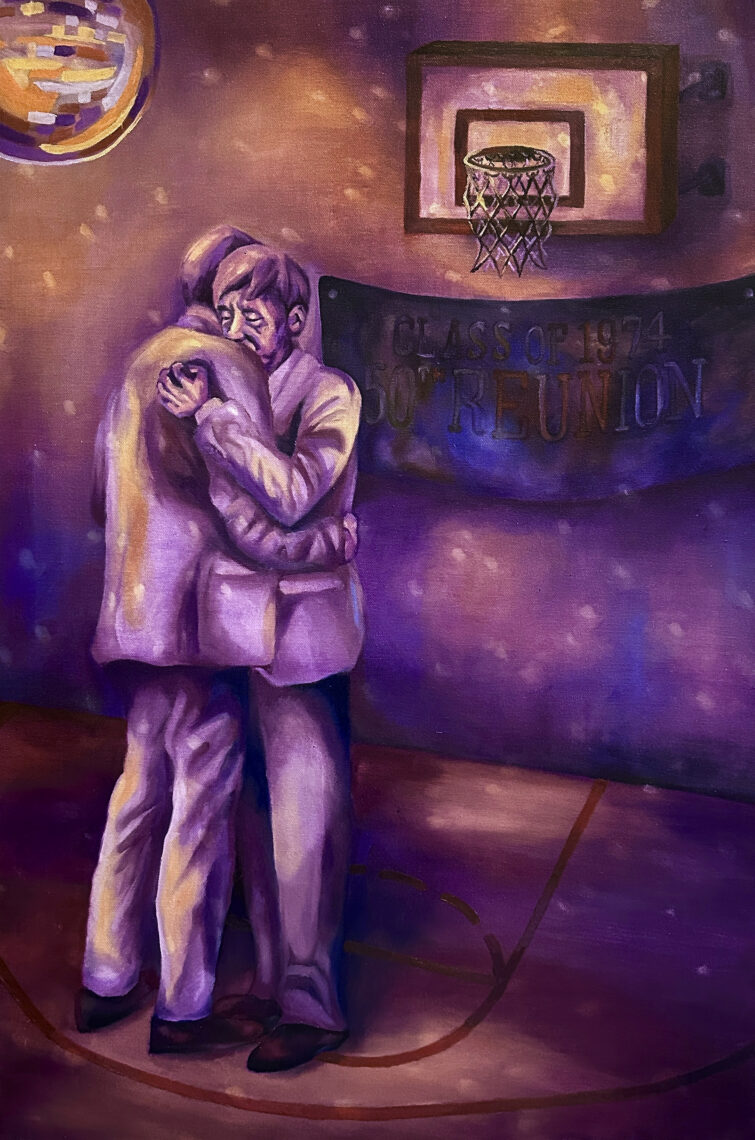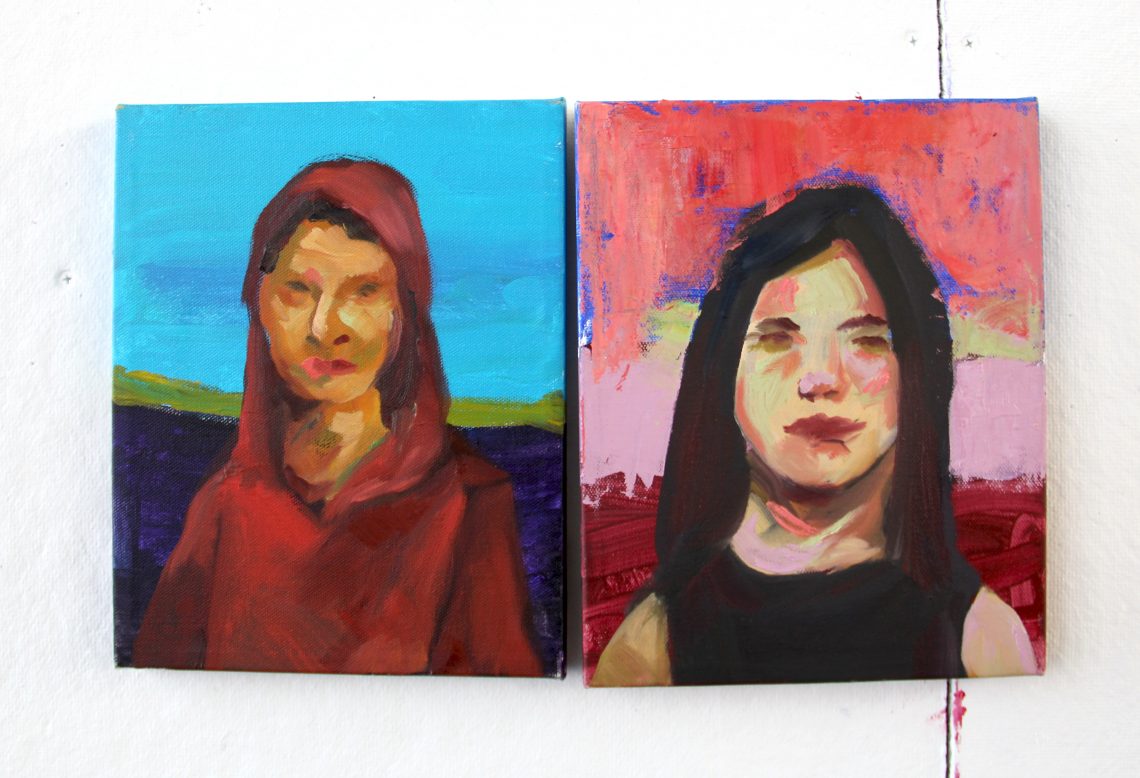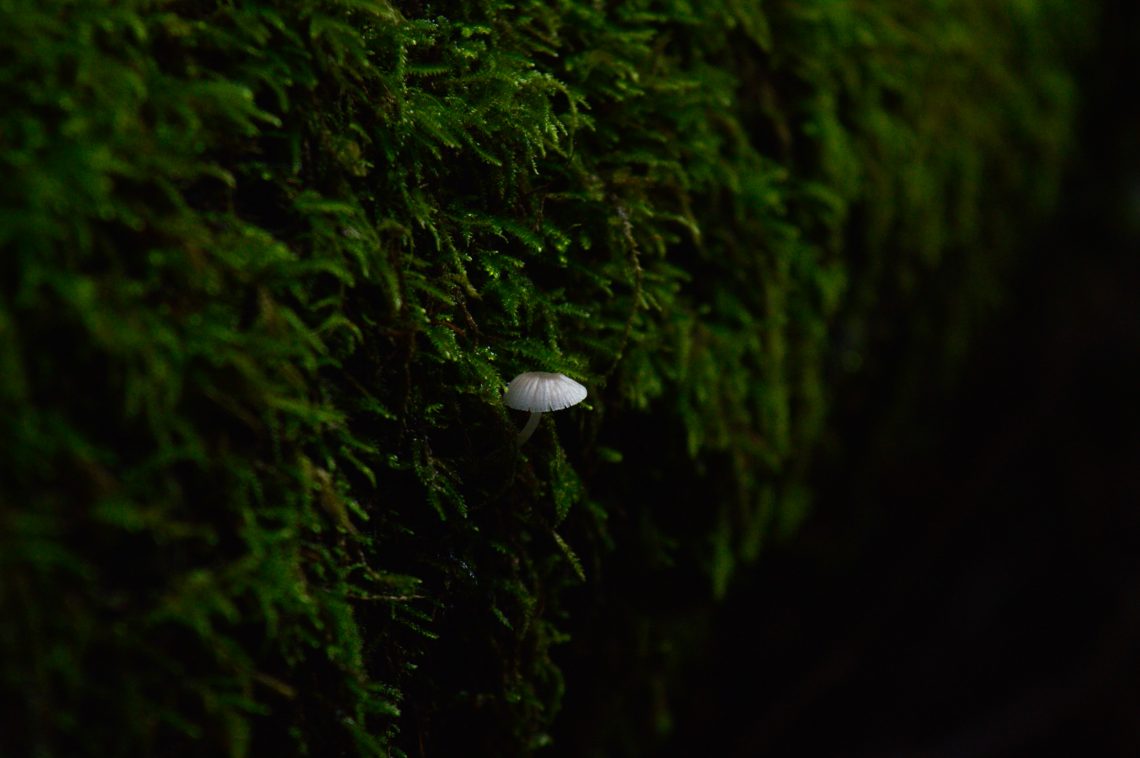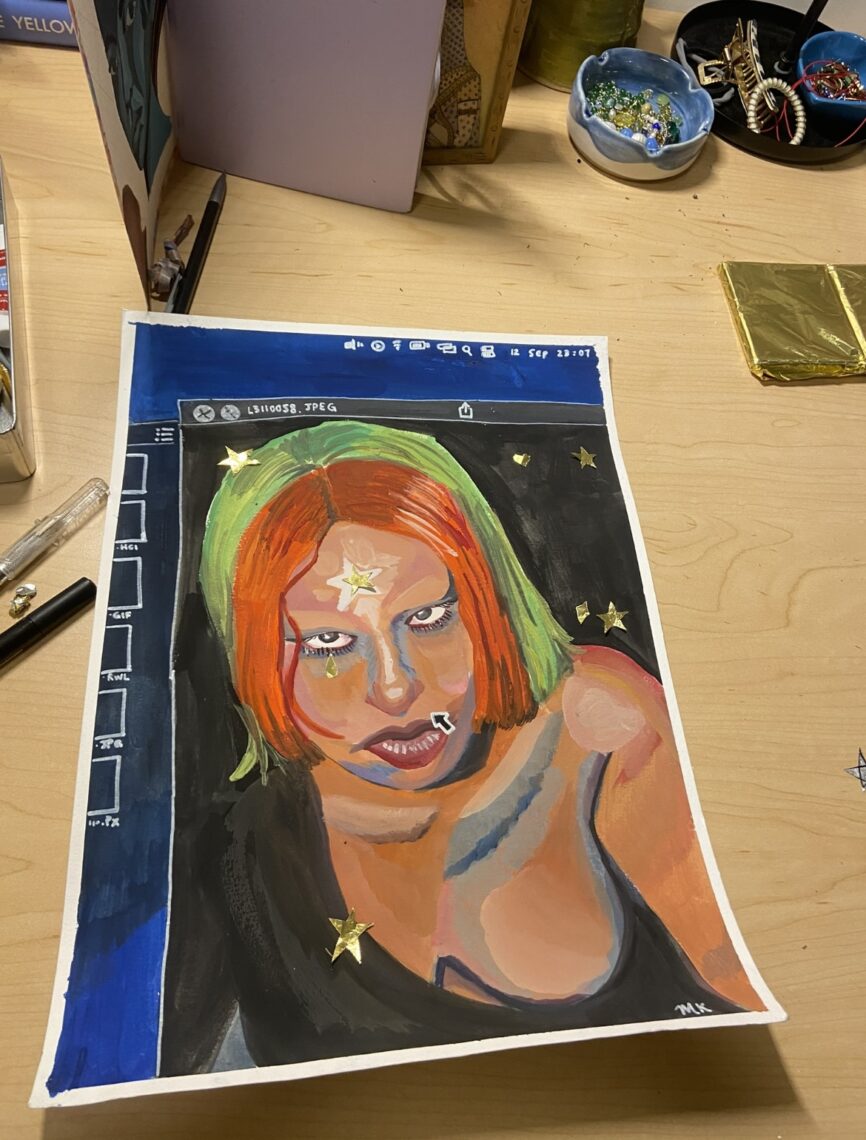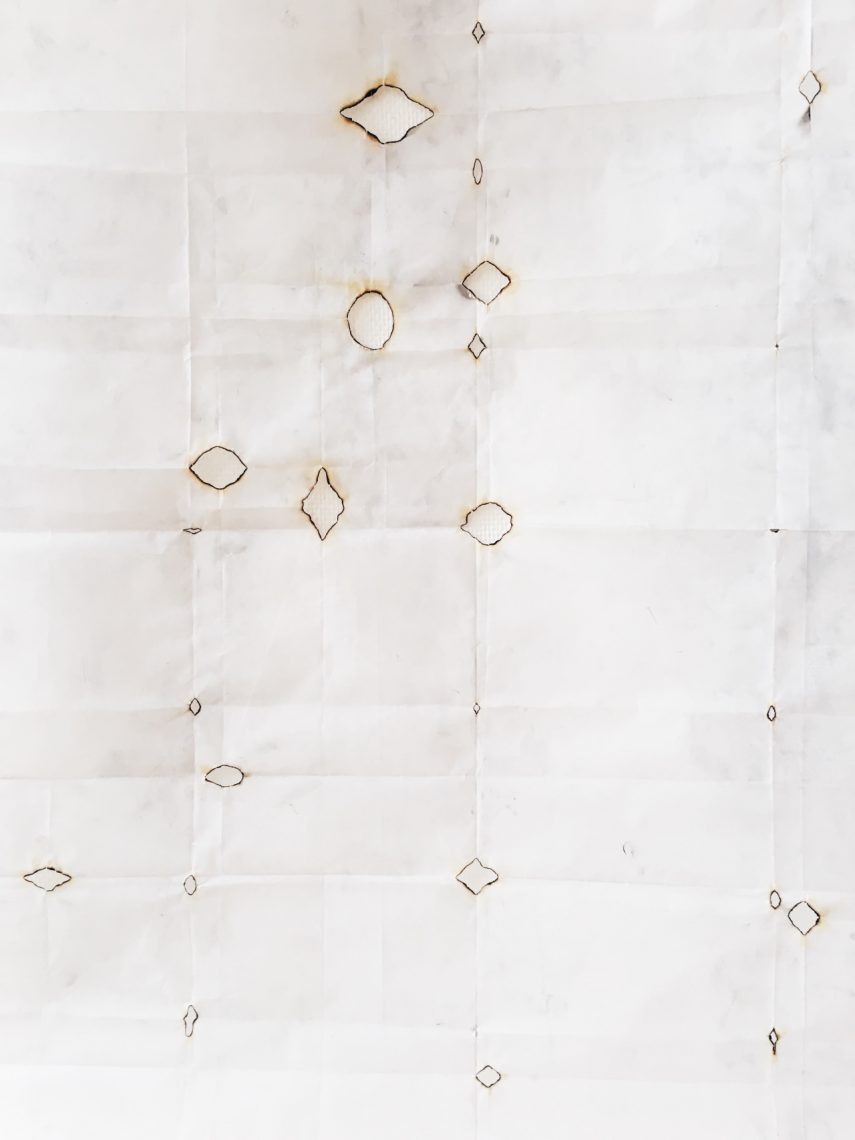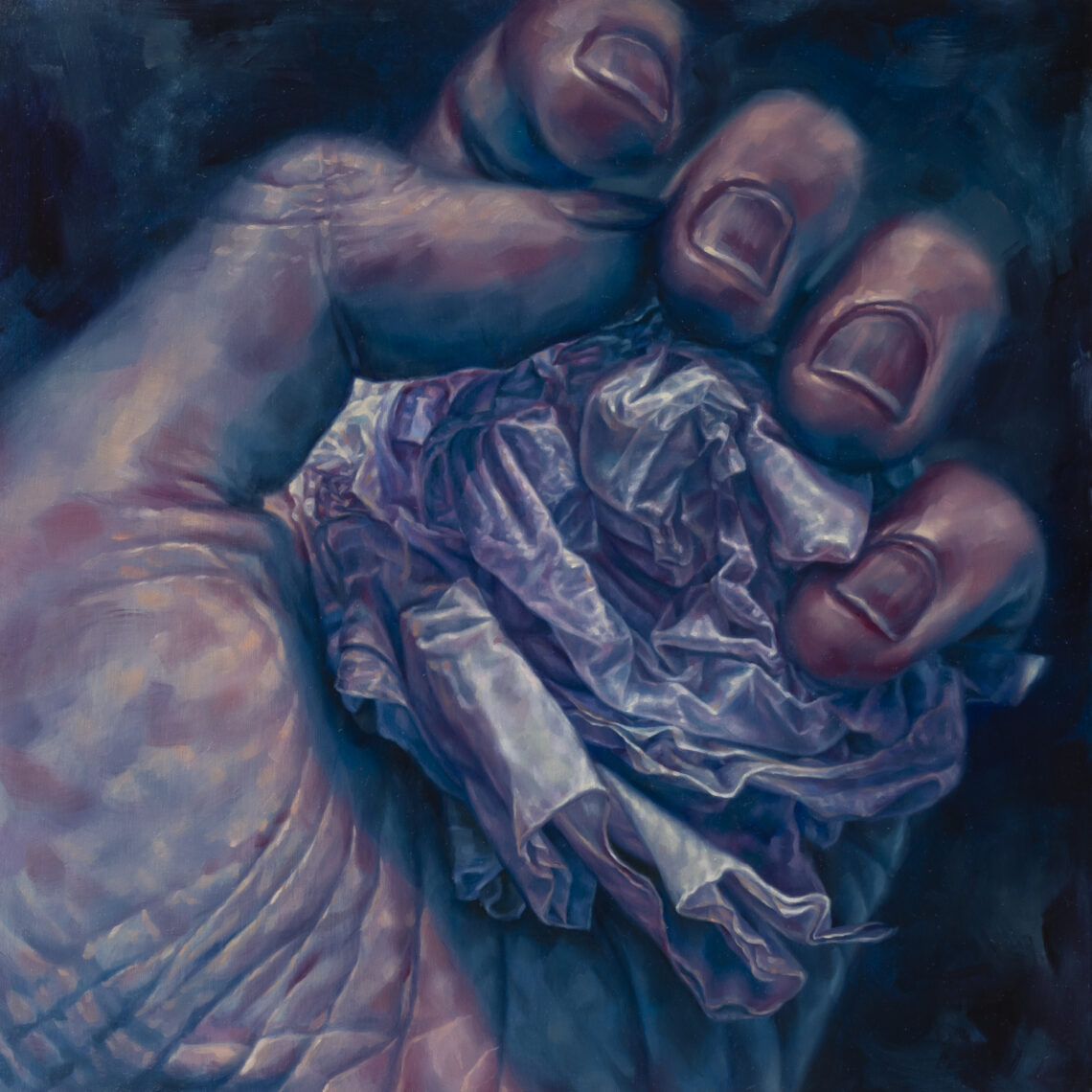Robert Henke, 2013 Mohr Visiting Artist
At Stanford: Spring Quarter 2013
Hosted at Stanford by: Department of Music
The Stanford University Department of Music is pleased to host Berlin based artist Robert Henke during the spring 2013 term as the second Mohr Visiting Artist. Henke’s residency is part of the Mohr Visiting Artist Program, administered by the Stanford Arts Institute, which brings acclaimed and emerging artists to campus for a one-term period to teach a credited course and provide a presentation, exhibition or performance for the Stanford community and the public.
The Mohr Visiting Artist Program is supported by Nancy and Larry Mohr and administered by the Stanford Arts Institute.
Related Course:
Music 223M: Sound, Structure, and Machines – Robert Henke
Registrar’s listing: Using computers to build systems that apply algorithmic or stochastic processes to assist in detailed control over timbre and the creation or manipulation of musical structures and spatial properties in real-time. Topics include: Algorithmic and stochastic methods, sound design, FM synthesis, drum programming, spatialization, aesthetics, tool building, musical structures, reverberation, sequencing. Group and project based with lectures. Final live performance. Limited to 20 students.
About Robert Henke
Robert Henke, born 1969 in Munich, Germany, is a multidisciplinary thinker, composer, sound designer, software developer, installation artist and audiovisual performer. His art is focused on carefully shaped details behind the surface and gradual changes of repeating structures in different time scales. Henke places equal importance on the interaction between audiovisual arts, and the physical spaces in which they take place. He is currently exploring new technologies such as wave field synthesis and ambisonics, and makes use of large-scale
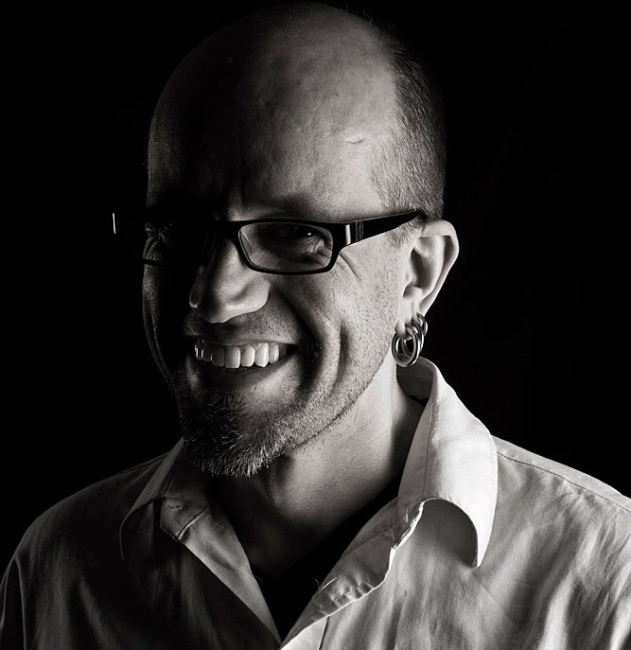
© Jimmy Mould
high-resolution projections to create situations of total immersion and either decouple the spatial experience from a given space or enhance its inherent properties. Many of his works are defined as potentially endless and slowly evolving states, thus inviting the audience to immerse themselves completely for a freely defined amount of time. His sonic explorations are rooted in academic sound research and computer music as well as in contemporary club culture. With his collaborative musical project, Monolake, he helped shaping what later became ‘the sound of Berlin’s techno music’, whilst his more conceptual works are frequently performed or exhibited at art galleries and festivals.




